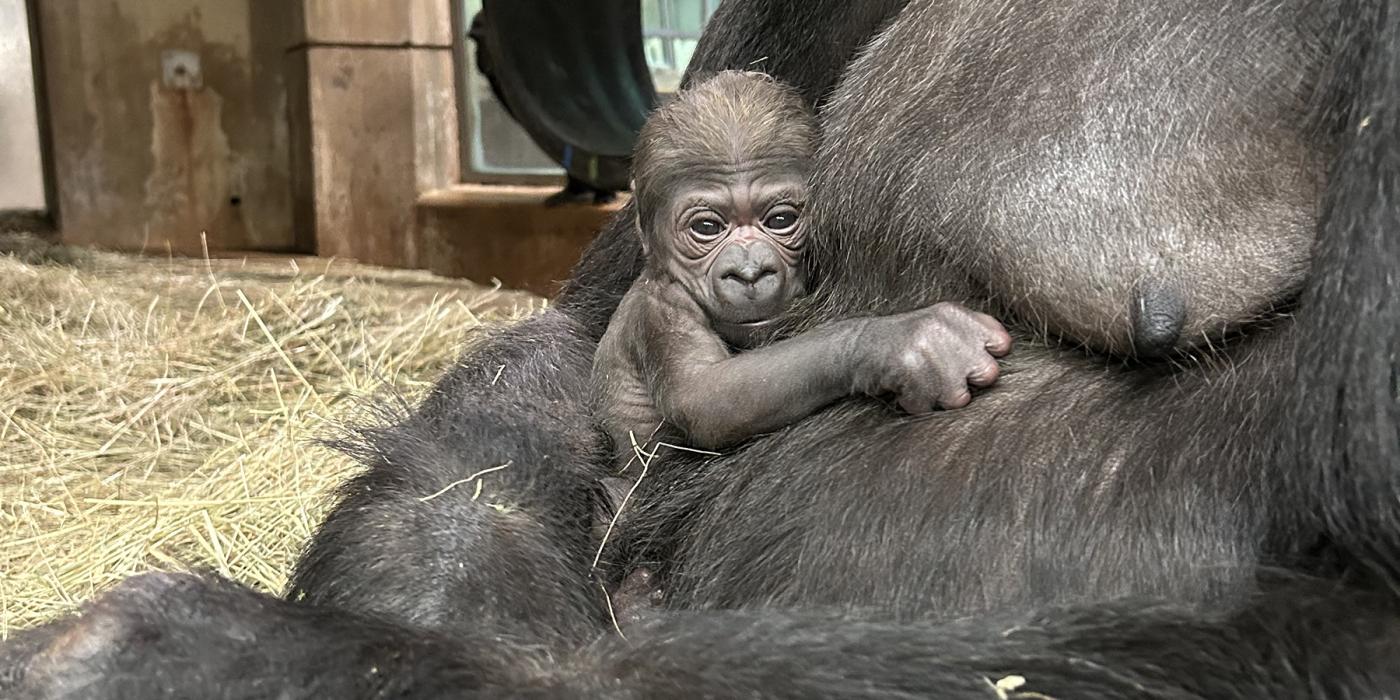Top Five Reasons to Leap Into World Lemur Day
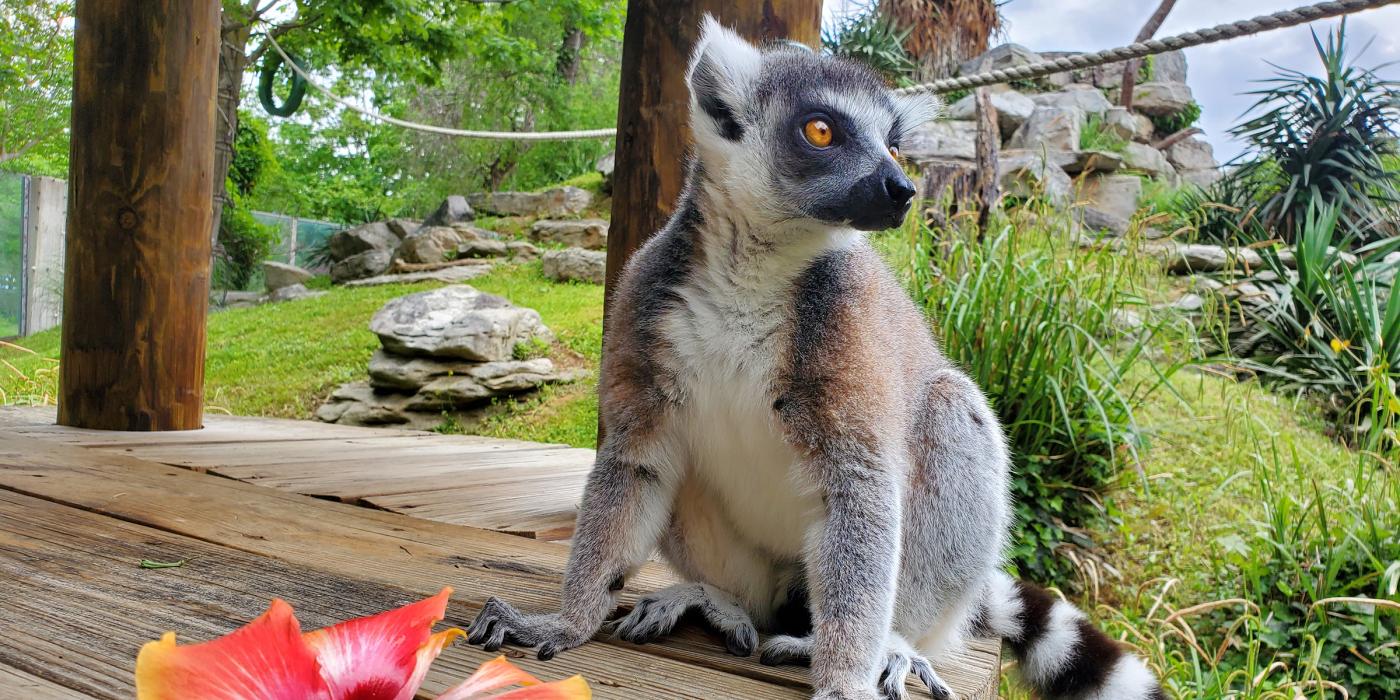
We’re leaping for joy and celebrating World Lemur Day at Smithsonian’s National Zoo! This special holiday—which takes place the last Friday in October—is the perfect occasion for learning all about our lemur friends, especially the red-ruffed, black-and-white ruffed, ring-tailed and collared brown lemurs that live at the Zoo. Check out my top five favorite facts!
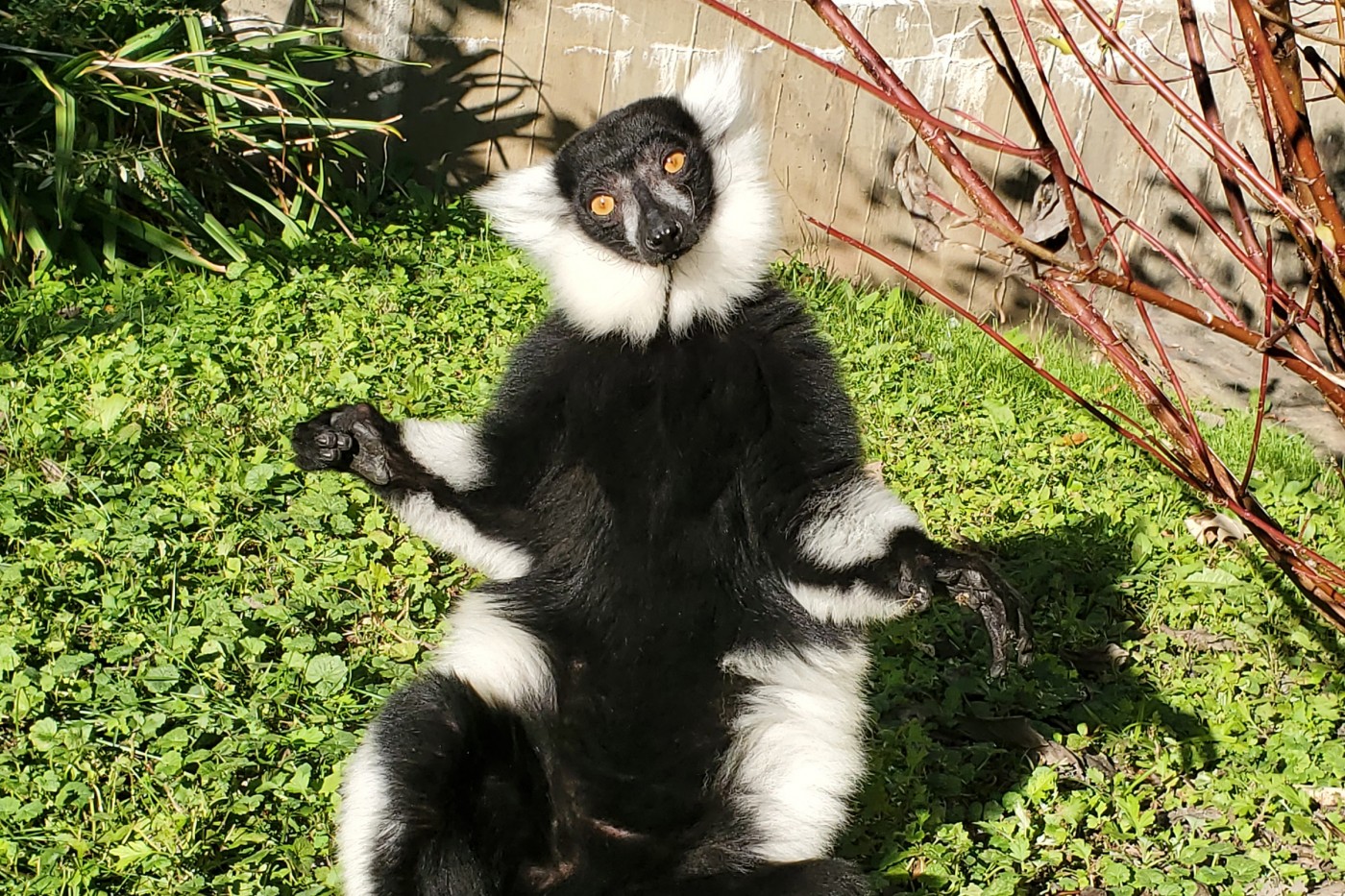
1. Lemurs aren’t monkeys or apes. They’re prosimians!
Lemurs are prosimians—a group of primates that also includes lorises, bushbabies and tarsiers. Most prosimians are found on the island of Madagascar, but a few also live on the mainland of Africa and Asia. Unlike other primates, such as monkeys, apes and humans, prosimians usually have large ears, a pointed snout and a long tail.
A few other characteristics set them apart, too. Prosimians rely heavily on scent for communicating with others within and outside their social groups. Because many species in this group are nocturnal, they lack the color vision of other primates. Last, but not least, prosimians typically have litters of offspring, whereas for other primate species one offspring is the norm.
How can you tell which primates are prosimians? First, look for the tail. If a primate has a tail, it’s not an ape. Second, look at how it uses its tail. Prosimians don’t have prehensile tails, so if the primate you see is swinging by its tail, then it’s not a prosimian. Third, look at the nose—is it long and protruding (like a fox) or squished (like a pig)? If the animal has a squished nose, it’s probably a member of the monkey family. On the other hand, if its nose is pointed, it’s probably a prosimian!
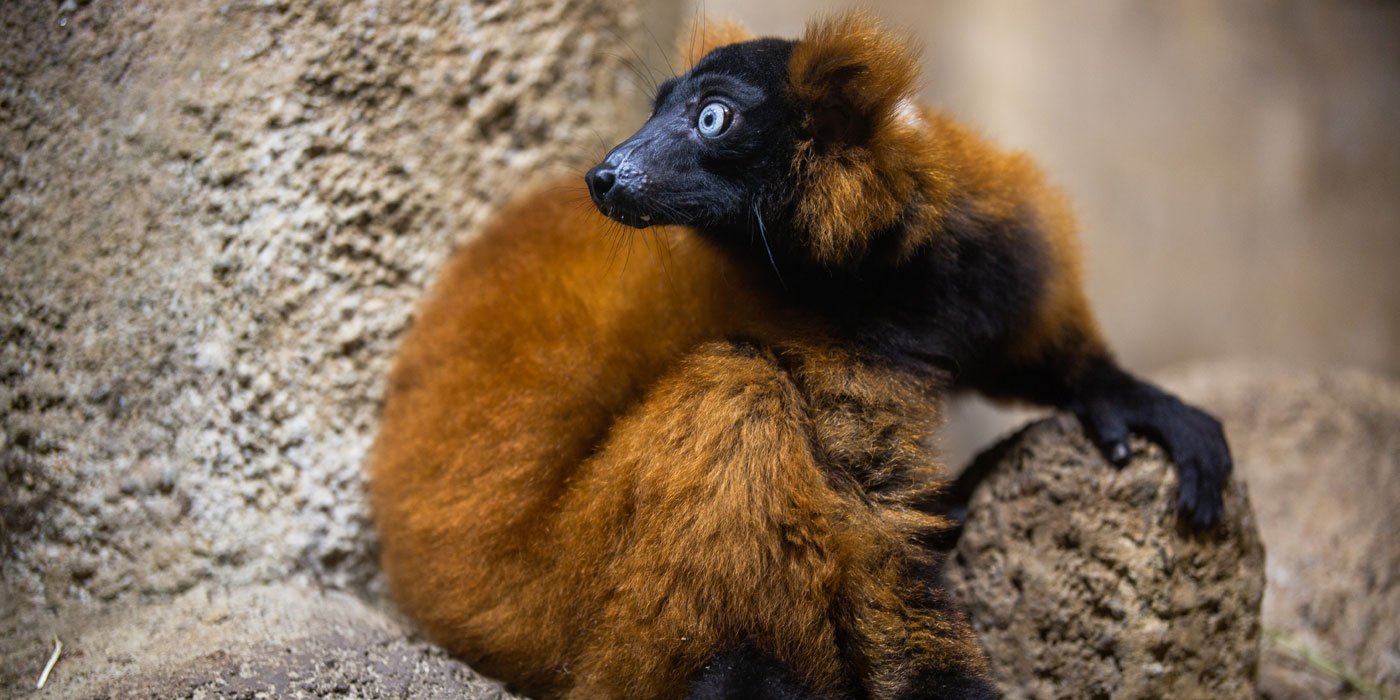
2. Lemurs come in all shapes and sizes.
Madagascar is home to about 100 different lemur species, and each have their own unique characteristics, habitat, diet, social structure and locomotion. Weighing in at a mere 1.1 ounces, the mouse lemur is by far the smallest. On the other end of the spectrum, the indri lemur weighs a whopping 20 pounds!
Some lemurs have long hind limbs for jumping and leaping, while others have specialized tongues that help them feed on nectar. One unique species, the sifaka, traverses open habitat by hopping sideways on its back feet.
How did this diverse array of species arise on such a small island? Madagascar’s ecological landscape ranges from lush tropical rainforests to scrublands and arid deserts. Without the presence of other primate species to compete for resources, lemurs were able to adapt and fill these ecological niche environments. Nearly 90% of Madagascar’s plants and animals are endemic—you won’t find them anywhere else in the world!
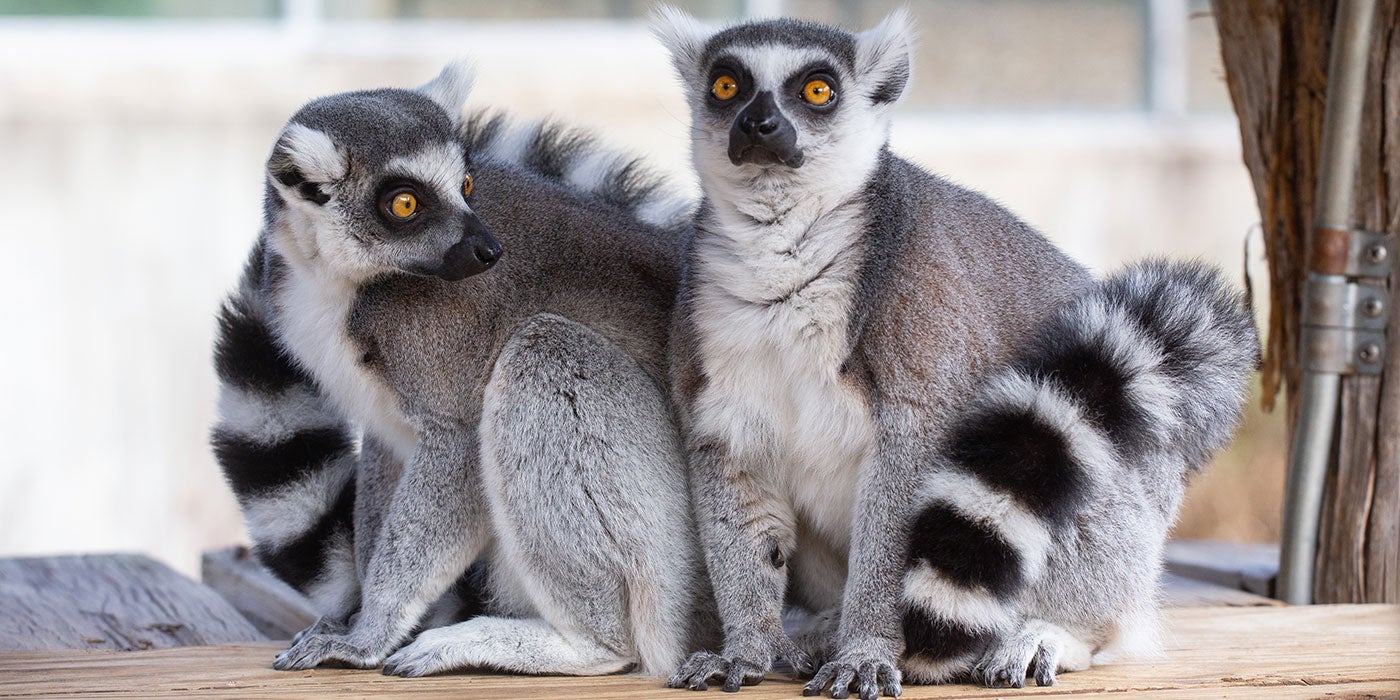
3. Male ring-tailed lemurs settle disputes by “stink fighting.”
Lemur Island is home to three species of lemurs: ring-tailed lemurs, collared brown lemurs and black-and-white ruffed lemurs.
Native to the spiny scrub forests of southern Madagascar, ring-tailed lemurs are easily recognizable for their black and white striped tails. Ring-tailed lemurs have a complex, female-dominated social structure. In the wild, they can live in groups of up to 30 individuals, and all females in the group are dominant over the males—a trait not often found in other primate species. Here at the Zoo, we have four male ring-tailed lemurs named Tom Petty, Southside Johnny, Bowie and Birch. Male ring-tails settle disputes by rubbing their tails on their scent glands, then waving them at each other. This behavior is known as “stink fighting!”
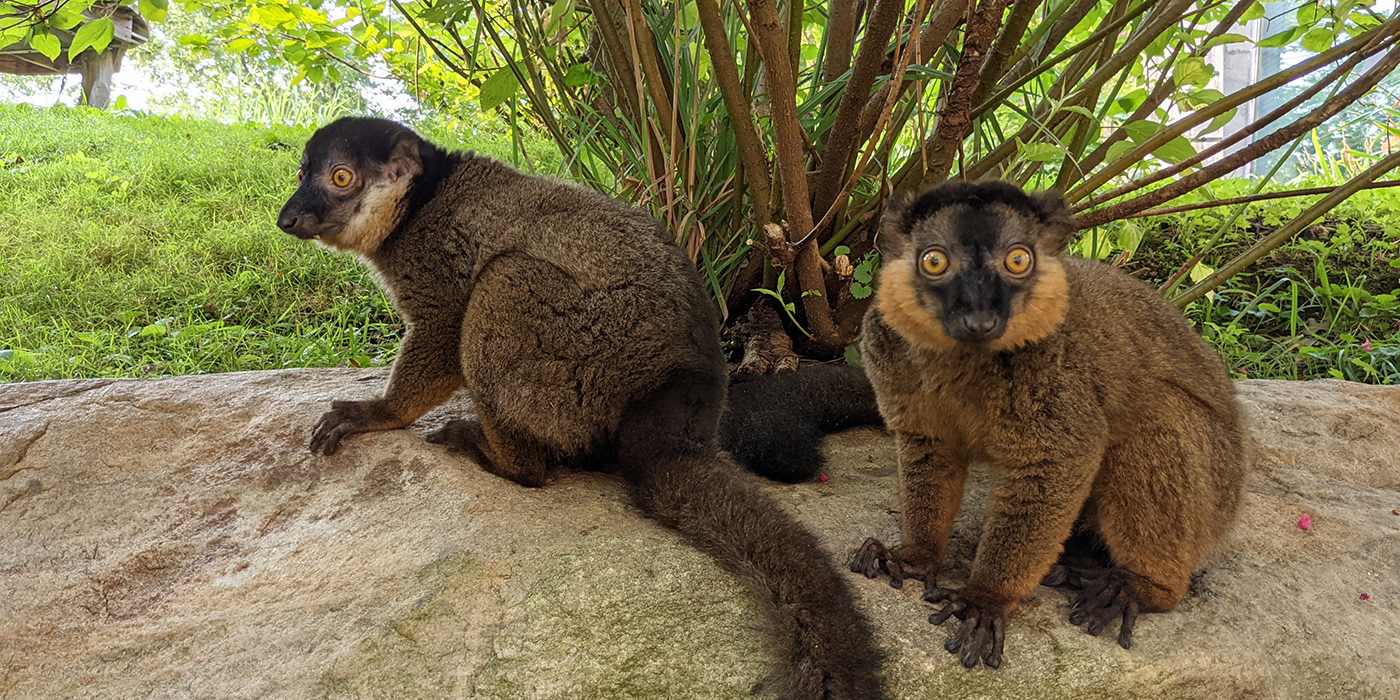
Like ring-tailed lemurs, collared brown lemurs are native to southern Madagascar, but they inhabit the tropical lowlands and montane forests. Their social groups are not female dominated, and they are active during the day and night. Males—like our brothers Bentley and Beemer—have faces that are darker in color, while female collared lemurs’ faces are lighter gray in color.
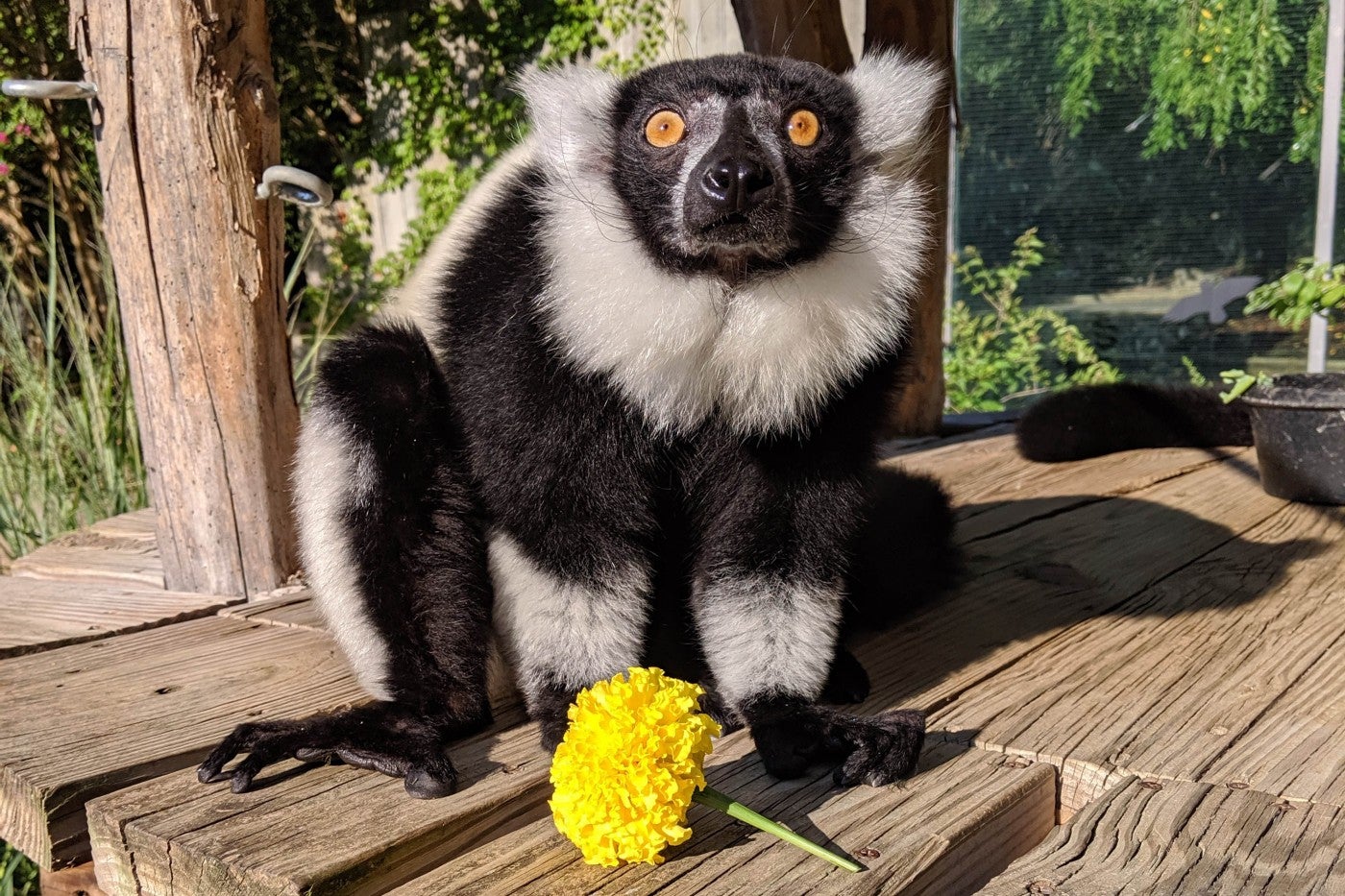
Black-and-white ruffed lemur males Aloke and Wiley also live on Lemur Island. In the wild, this species is found in the lush rainforests of northeast Madagascar. They are frugivores and spend a lot of time foraging in the trees. They will even hang upside down by their back feet to grab fruit! Black-and-white ruffed lemurs can have litters of up to 6 offspring. Rather than carry infants on their chest or back, this species will build a nest where the babies will stay while mom and dad go off to forage.

The Small Mammal House is home to red ruffed lemurs Molly, Jude, Coronado and Cortez. Like the black-and-white ruffed lemurs, this species is native to northeast Madagascar. Red-ruffed lemurs spend a lot of time grooming each other’s thick, lush coats which helps to strengthen group bonds. They communicate using a plethora of vocalizations including a loud raucous call which can be heard up to one mile away!
4. Lemurs keep their fur neat and tidy with a tooth comb . . . and two tongues.
Social grooming is one way that lemurs strengthen bonds between individuals and groups. They remove debris from their fur using an adaptation called a “tooth comb”—special teeth at the front of their jaw that jut out at an angle.
What happens if hair gets stuck in a lemur’s tooth comb? There’s an adaptation for that, too! Lemurs have a second tongue—called the “sublingua”—that is used to remove debris from the tooth comb. The sublingua is smaller than the primary tongue, sits below it and lacks taste buds.

A tooth comb isn’t the lemurs’ only grooming tool. While for the most part their fingernails and toenails look just like ours, one of the toes on their back feet has a longer, pointed claw. All lemurs have a grooming claw, but the digit on which it is found varies among species.
Many lemurs have scent glands that play a large part in how they communicate with one another. Ring-tailed lemurs have a thorny spur on the inside of each wrist, next to their scent gland. Individuals will spur-mark on branches and tree trunks to signify and maintain the group’s hierarchy.
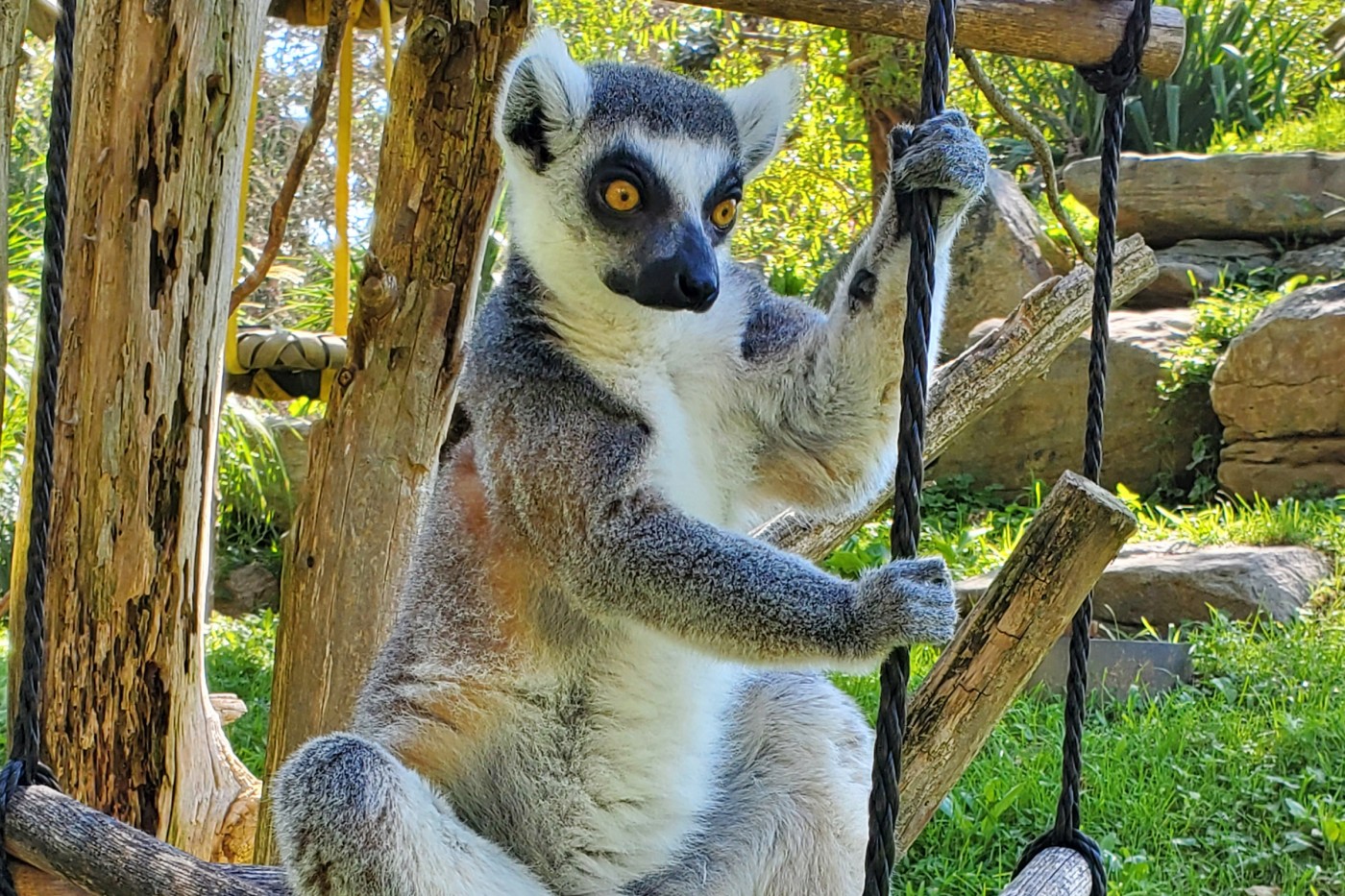
5. Our consumer choices can help save lemurs from extinction.
As charismatic and lovable as lemurs are, they face an uncertain future. Nearly all lemur species—98%—are considered either endangered or critically endangered by the International Union for Conservation of Nature. Their native habitats are cleared for agricultural use; they are illegally poached for food or the pet trade; they are susceptible to disease from invasive pets and pests; and climate change has caused severe droughts in south Madagascar and typhoons in the north.
The good news is that you can help conserve these amazing, unique primates! Learning about lemurs (and sharing that knowledge with family and friends) is a great first step.
Help lemur habitats by being a smart consumer. Prioritize purchasing sustainably sourced wood furniture, decorations and musical instruments to avoid illegally logged and exported wood from Madagascar.
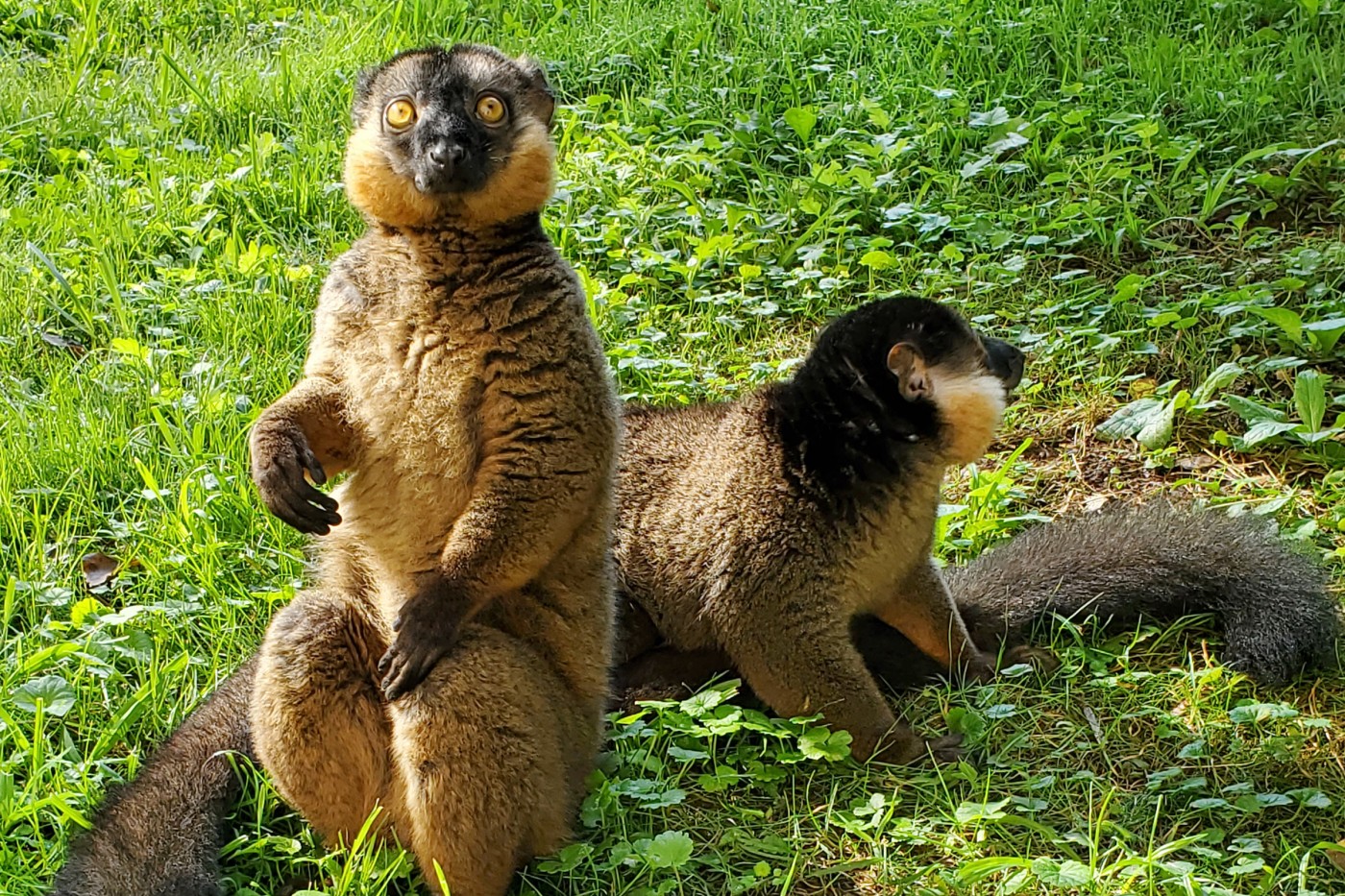
Lemurs are very cute, but they are not pets. Avoid photo opportunities with lemurs, and refrain from liking or sharing videos that depict them as pets. Remember that they are wild animals and should only be housed in reputable facilities with trained staff that can meet their social, mental, physical and nutritional needs.
Last but not least, you can help lemurs by taking a trip to Smithsonian’s National Zoo! The money that you spend on parking, food and merchandise (and any donations you make) helps support our animal care and conservation programs.
Thank you for celebrating World Lemur Day with us! During your next visit, we hope you stop by the Small Mammal House and Lemur Island to see these amazing primates in person!
Love lemurs? Meet collared lemur brothers Bentley and Beemer here. If you need another reason to celebrate, watch our ring-tailed lemurs and black-and-white ruffed lemurs indulge in their fruit and flower-themed birthday cake here!



